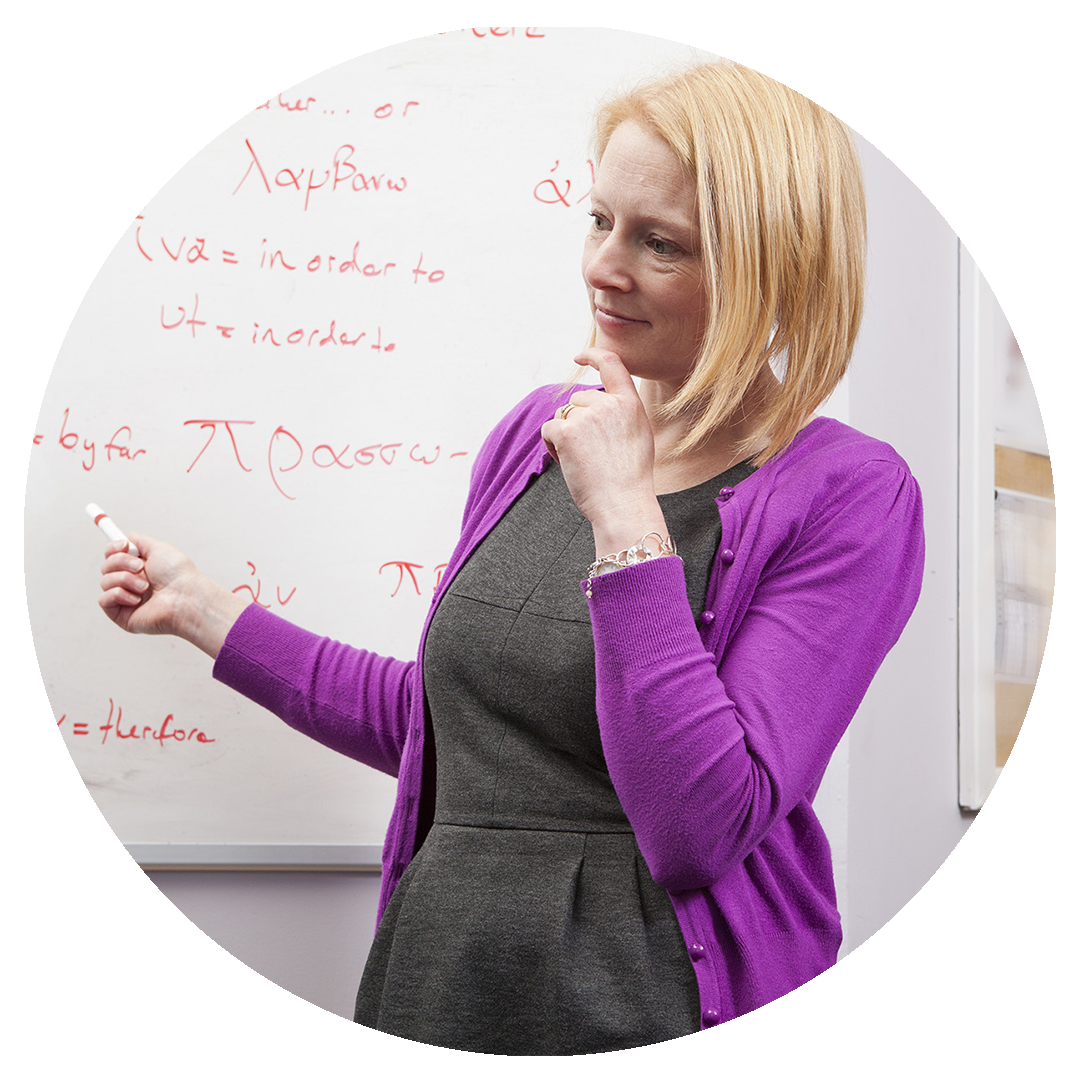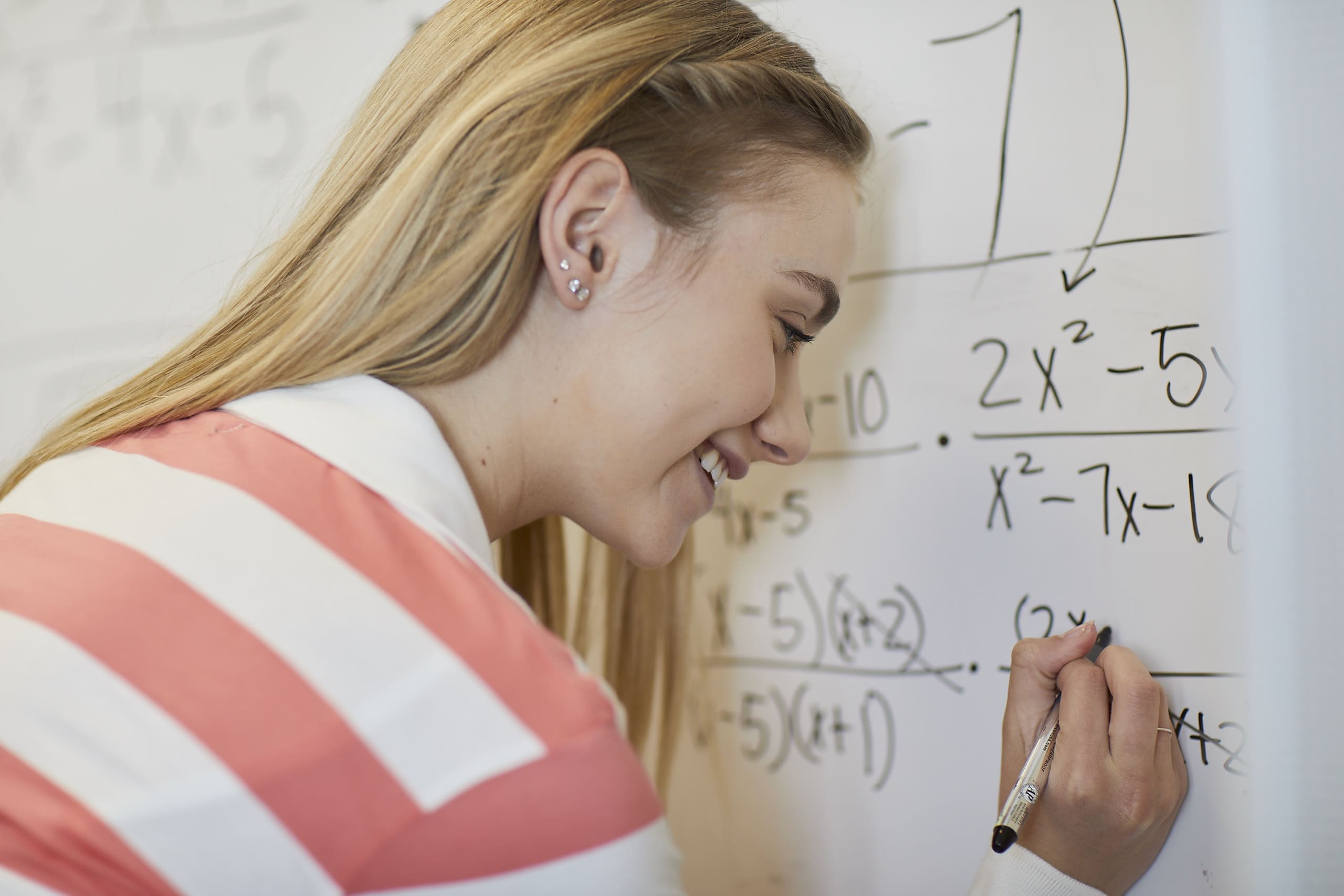How an algebra 2 tutor breaks down logarithms Into simple, learnable steps
Wiki Article
The Comprehensive Coverage of Algebra 2 Tutoring: Secret Ideas and Abilities for Proficiency
Algebra 2 tutoring offers a wide range of important concepts and abilities essential for students to achieve mastery in mathematics. This includes a thorough understanding of polynomial functions, complex numbers, and logarithmic equations, amongst others. Each subject improves the previous one, creating a natural framework for analytical. The application of these principles in real-world scenarios highlights their importance. Yet, there continue to be essential areas that can better enhance a student's mathematical trip.Understanding Polynomial Features
Just how do polynomial functions form the landscape of algebra? These basic expressions, consisting of variables elevated to non-negative integer powers, serve as the backbone of several algebraic concepts. They can be identified by their degree, which suggests the highest power of the variable, and their coefficients, which figure out the feature's habits. Polynomial features exhibit distinct properties, such as continuity and smoothness, enabling them to model a selection of real-world scenarios. Their visual representations include contours that can demonstrate numerous habits, including intercepts and transforming points. Recognizing polynomial functions includes grasping operations such as enhancement, department, reduction, and multiplication, along with factoring strategies. This foundational understanding is necessary for solving formulas and inequalities. By realizing polynomial functions, pupils create crucial analytic skills and get insight into extra intricate mathematical ideas, paving the means for innovative research studies in algebra and beyond.Understanding Intricate Numbers

Interpretation and Feature
Complicated numbers, a keystone of sophisticated algebra, prolong the idea of one-dimensional number lines to a two-dimensional plane. Specified as varieties of the type (a + bi ), where (a) and (b) are genuine numbers and (i) stands for the fictional device with the building (i ^ 2 = -1 ), these numbers have special homes. The actual component (a) suggests the horizontal axis, while the fictional part (b) indicates the vertical axis in the complex aircraft. Trick residential or commercial properties include their capability to represent services to polynomial formulas that lack actual solutions and their closure under addition, subtraction, reproduction, and department (other than by absolutely no) This structure permits a deeper understanding of mathematical principles and applications across different fields.Workflow With Facility Numbers
Workflow with intricate numbers create a necessary element of algebra that boosts mathematical understanding and analytic abilities. Complicated numbers, shared in the kind (a + bi), where (a) and (b) are real numbers, need certain procedures like enhancement, division, multiplication, and reduction.Enhancement and subtraction include combining like terms, while reproduction uses the distributive residential property and the fact that (i ^ 2 = -1) Department of complex numbers demands multiplying the numerator and common denominator by the conjugate to remove the fictional part in the denominator. online algebra 2.
These operations not just strengthen fundamental algebra abilities however also prepare pupils for even more advanced topics, such as square functions and polynomial formulas. Mastery of complex number operations equips learners with essential analytical devices.
Exploring Logarithmic Formulas
In the study of logarithmic formulas, recognizing the properties of logarithms is crucial for reliable analytic. These properties supply the fundamental tools needed to adjust and streamline logarithmic expressions. By understanding these ideas, students can with confidence take on a variety of logarithmic equations.Comprehending Logarithm Characteristics
Logarithm residential or commercial properties play an important function in streamlining and fixing logarithmic equations, using an organized strategy to understanding their habits. These buildings include the power, product, and ratio regulations. The product regulation mentions that the logarithm of an item is the sum of the logarithms of its aspects. Conversely, the quotient guideline indicates that the logarithm of a quotient is the difference of the logarithms. The power guideline discloses that the logarithm of a number increased to a backer can be revealed as the backer increased by the logarithm of the base. Proficiency of these residential properties improves one's capability to manipulate logarithmic expressions, giving a foundation for taking on more complex formulas and functions encountered in sophisticated algebra.Fixing Logarithmic Formulas
How can one properly address logarithmic formulas? To deal with these formulas, it is essential to utilize homes of logarithms. First, one should combine logarithmic expressions using the product, power, and ratio policies. This simplification typically transforms the formula into a much more workable form. Next, transforming logarithmic equations to their rapid form can disclose the unknown variable. The equation (log_b(x) = y) equates to (x = b ^ y ) Furthermore, inspecting options is vital to guarantee they do not generate nonessential outcomes, particularly when dealing with logarithms. By systematically using these techniques, individuals can with confidence navigate and solve logarithmic equations, enhancing their overall understanding and proficiency of this mathematical concept.Analyzing Sequences and Series
Although series and collection might at first appear facility, they are fundamental concepts in algebra that reveal patterns and relationships within numbers. A series is a checklist of numbers set up in a particular order, usually defined by a formula or rule. Comprehending the kinds of sequences, such as math and geometric series, enables students to identify the underlying patterns efficiently.On the other hand, a series is the amount of the regards to a sequence. Examining collection includes recognizing infinite and limited collection, along with determining their sums when relevant. Students find out essential methods, such as utilizing solutions for the amount of math and geometric collection, which simplify calculations.
Grasping series and collection outfits trainees with important analytical skills, allowing them to take on extra intricate mathematical ideas. This structure is crucial for their proceeded success in algebra and higher-level maths.
Addressing Sensible Expressions and Formulas

When fixing rational formulas, one must isolate the variable, usually by cross-multiplying to eliminate the portions. It is very important to examine for additional remedies, as multiplying both sides can present values that do not please the initial equation. In addition, trainees must understand limitations on the variable, as specific worths can make the denominator absolutely no, making the expression undefined.
Grasping Conic Sections
Conic sections are geometric numbers originated from the crossway of a plane and a dual cone. These sections include circles, ellipses, parabolas, and hyperbolas, each identified by unique homes and formulas. Recognizing conic areas is essential for trainees as they check out the relationships between algebra and geometry.
Circles are specified by a consistent range from a center point, while ellipses result from an aircraft cutting via both cones, developing a closed curve. Parabolas emerge from an aircraft alongside the axis of the cone, showing a U-shaped chart. Hyperbolas, on the other hand, happen when the plane halves both intersects of the cone, bring about 2 distinctive, open contours.
In Algebra 2, understanding conic sections includes recognizing their conventional equations, graphing them precisely, and identifying their vital attributes, such as emphases, vertices, and axes. This foundational knowledge prepares students for advanced mathematical concepts.
Applying Graphs and functions
Functions and graphs act as essential tools in Algebra 2, allowing trainees to learn this here now design partnerships in between variables and imagine mathematical concepts. Mastery of these aspects permits learners to analyze data, determine patterns, and make forecasts based on well established patterns. Students check out numerous kinds of features, consisting of straight, quadratic, polynomial, rational, and exponential, each with distinctive qualities and applications.Graphing these features involves recognizing vital functions such as asymptotes, intercepts, and inclines, which give insights right into their habits. Furthermore, students find out to transform features through shifts, representations, and stretches, enhancing their capability to manipulate and examine visual representations.
Using features in real-world contexts better strengthens comprehension, as students deal with issues including revenue margins, populace development, and physics formulas. This sensible application bridges theoretical expertise with substantial end results, cultivating a much deeper admiration for the relevance of functions and graphs in everyday life.
Often Asked Inquiries
Just How Can I Boost My Problem-Solving Abilities in Algebra 2?
To improve problem-solving skills in Algebra 2, one should practice regularly, he said look for diverse issues, make use of on-line sources, team up with peers, and concentrate on understanding underlying principles as opposed to memorizing treatments, cultivating deeper understanding and application.What Resources Are Recommended for Extra Algebra 2 Technique?
Advised resources for additional Algebra 2 method include online platforms like Khan Academy, textbooks with method issues, and tutoring services. Involving in math forums can also offer diverse analytic strategies and joint discovering possibilities.Are There Online Tutoring Options Available for Algebra 2?
Yes, various on the internet tutoring alternatives exist for Algebra 2 (advanced algebra). Systems like Khan Academy, Chegg Tutors, and Wyzant deal customized aid, video clip lessons, and interactive exercises, providing to various finding out designs and schedules for students seeking supportExactly how Do I Get ready for Algebra 2 Tests Successfully?
To prepare successfully for Algebra 2 examinations, one need to evaluate key ideas, practice issues routinely, make use of on-line resources, form research groups, and take method examinations to determine strengths and bents targeted enhancement.
What Are Common Misconceptions Trainees Have in Algebra 2?
Pupils usually misconstrue the value of fundamental principles, thinking they can miss prerequisites. They may likewise deal with abstract reasoning, perplexing features with equations, and misinterpreting the role of variables in algebraic expressions.Understanding complicated numbers is vital for students in Algebra 2, as these numbers expand the look at this now real number system to solve equations that do not have real options. These operations not only enhance fundamental algebra abilities but likewise prepare students for more advanced subjects, such as polynomial formulas and quadratic features. Rational expressions and formulas stand for vital elements of algebra, involving portions where the numerator and are polynomials. In Algebra 2, mastering conic areas includes identifying their standard equations, graphing them accurately, and identifying their essential functions, such as vertices, foci, and axes. Applying features in real-world contexts better solidifies understanding, as trainees deal with problems involving earnings margins, population growth, and physics equations.
Report this wiki page